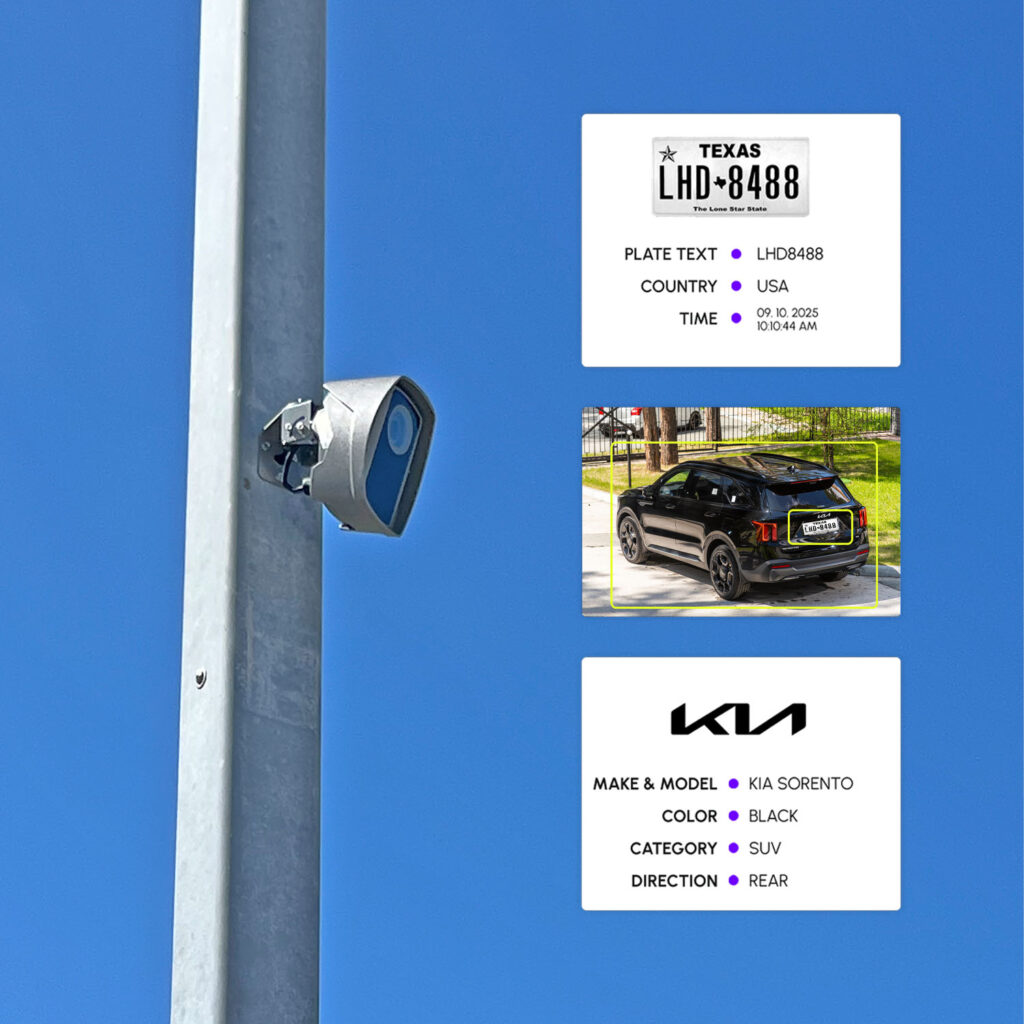Quick Project Facts
- Locations: BCR Erste Bank, BRD Bank
- Products: PRMc (now Osmond passport reader), Combo Smart e-passport reader
- Total quantity: 3,000+ pcs.
- Application areas: automated data entry, ID authentication
What if a banking experience is pleasant both for the customer and the bank employee? Let’s see how these Romanian banks introduced 21st-century technology to avoid any headaches of administration and security.
Administration in the Blink of an Eye
Speed is a major contributor. If the clients have to wait a lot, the whole experience, even if other factors are OK, seems slow and boring. Time is money and each of us intends to proceed efficiently with our tasks – both the customer and the bank.
ID scanners play a great role in the speed of administration, in addition to their other benefits. Instead of manually typing customer data into the system, the scanner device automatically digitalizes the document data using OCR (optical character recognition) and sends it to the bank system. This way, the regular input time (which can be several minutes) is reduced to only a few seconds.
As a result, customer registration happens in the blink of an eye and will not take lengthy minutes.

Data Entry With 100% Accuracy
Having automated data entry is efficient not just for the speed, but for eliminating typing errors. According to the statistics, each 100th manually typed character is incorrect1. Such flaws in customer data can contribute to various internal data problems and also in future communication with the customer.
An ID reader device does not fail, it offers a 99+% recognition rate and guarantees that no data errors get in the system. BCR and BRD Banks benefit from an OCR engine that has been fine-tuned for more than 20 years.
Secure Privacy by Default
When managing customer data, privacy is key. Still, in many front office applications, banks or telco companies make photocopies of ID documents. This is a risky way of storing personal data as related news has proved several times – how these photocopies got lost or were taken over by someone should not have had access to that.
A digital data storage system, however, makes sure that the data remains in the system, encrypted, this way protecting it from unauthorized access. When the ID scanner digitalizes the data, there are no copies made – the document itself will not have any duplicates, only the data is transferred to the bank system. Having such secured data management, the bank can easily comply with GDPR as well (General Data Protection Regulation).
Documents Verified Automatically
In addition to all the benefits listed earlier, a major feature of ID document scanners is the automatic document verification function. Nobody can expect bank managers to be ID forgery experts.
The scanner, with purpose-made software, is capable of performing a forgery check to detect whether the identity card or passport was modified or maybe a copy of a genuine document. Using altered documents, unauthorized transactions can be made easily by criminals (impersonators) without such equipment.
A shocking statistic: the total value of fraudulent transactions annually is around €1.8 Billion, according to the latest European Central Bank (ECB) report2.
Read relevant news – how criminals withdrew $45,000 using fake IDs:
https://www.cbc.ca/news/canada/toronto/vaughan-fake-id-1.4903684
Benefits
For the Bank
- Better focus on the customer
- Eliminating customer data errors in the system
- Skipping privacy risks of personal data
- Avoiding losses due to unauthorized transactions
For the Customers
- Advanced customer experience, quick administration
- Peace of mind about how their data is managed
- Professional, high-tech environment during the process
About the Products
Please note that both products mentioned in this article (PRMc, Combo Smart) have been replaced by our latest state-of-the-art Osmond passport reader & ID scanner.
Sources:
1 Average benchmark value in the corporate customer management sector.
2 https://www.nets.eu/solutions/fraud-and-dispute-services/Documents/Nets-Fraud-Report-2019.pdf






